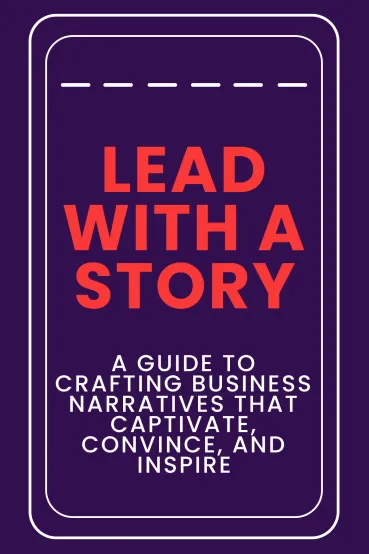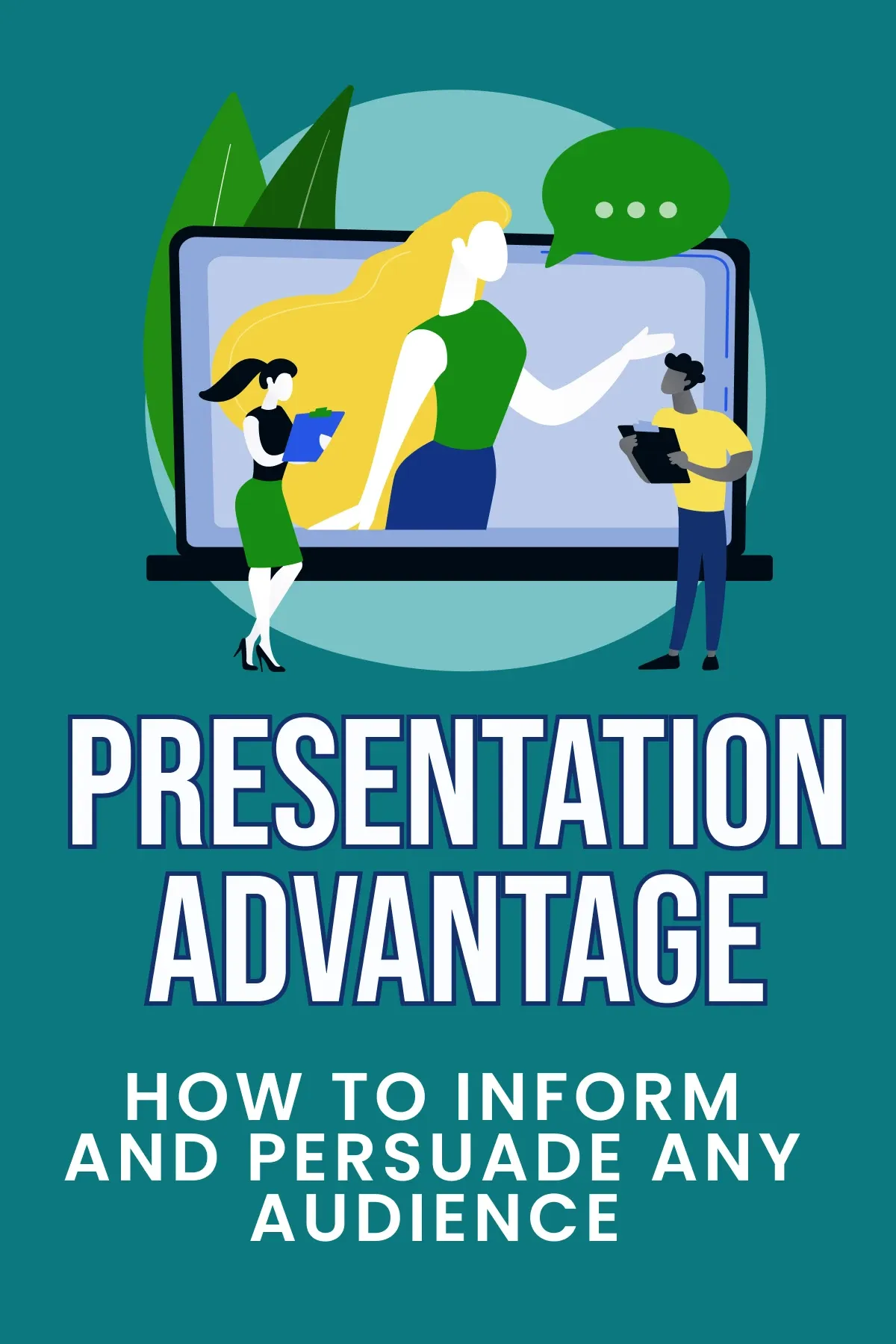
Lead with a Story
Brief Summary
“Lead with a Story” (2012) explores the power of storytelling in business. It shows how storytelling can improve customer service, communicate company values, and motivate employees. You will get unconventional tips on creating business stories that excite people.
Topics
Key points
Key idea 1 of 10
For a long time, people have used storytelling as the primary way to share information. Before the invention of the printing press, people couldn't share written texts. Back then, they mostly passed down knowledge through spoken stories.
An engaging story can captivate people, whether it's an exciting TV show or a thrilling novel. Storytelling is essential for more than just writers and screenwriters. Successful companies like Apple, Google, Amazon, and Walmart understand this. They have their corporate storytellers to help communicate with customers and employees.
In 1984, Apple was preparing to launch the Macintosh. The company produced a groundbreaking commercial that aired during Super Bowl XVIII. The ad depicted an oppressive world where a totalitarian regime controlled people. A young woman appeared as a symbol of hope and rebellion. She raced toward the screen and hurled the sledgehammer at Big Brother's image. The storytelling approach positioned Macintosh as a revolutionary product. The commercial became one of the most memorable ads in history. The company established itself as an innovative and forward-thinking brand through storytelling.
Storytelling provides unique benefits compared to other means of communication. Remembering isolated facts or statistics can be challenging. Our ability to keep information significantly improves when incorporated into a narrative. Research suggests that this enhancement in memory can be as much as 20 times greater.
Moreover, the appeal of an engaging tale transcends age and educational boundaries. This makes it suitable for different audiences. Finally, stories cater to a variety of learning styles. Auditory learners appreciate the rich language that stories offer. Visual learners are attracted to the vivid imagery in narratives. Kinesthetic learners resonate with the emotions and sensations that stories evoke. This covers roughly 20 percent of kinesthetic learners. Additionally, it includes 40 percent each of visual and auditory learners.
FAQ
You may also like these summaries











